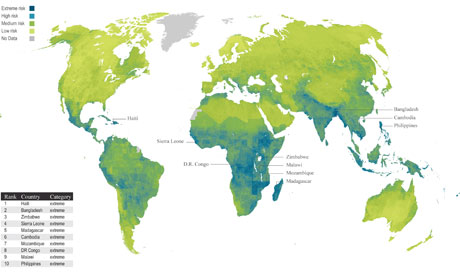Wednesday 19 October 2011
by: Phillip Geertson, Activist Post
http://www.truth-out.org/roundup-ready-alfalfa-damages-us-seed-industry/1319042829
Phillip Geertson has spent the last 30 years farming and raising many diversified crops, and has been a partner in alfalfa breeding programs for 25 years. Alfalfa is a perennial plant, which makes it extremely vulnerable to contamination.
When Roundup Ready (hereafter “RR”) alfalfa was first suggested I did not think that it would be developed and introduced because most alfalfa fields are never sprayed for weed control. And, if a chemical weed control was needed, there is a long list of off-patent low-cost herbicides that are effective if used properly.
Alfalfa hay is usually cut on a schedule of 24 to 30 days for each crop harvest. The entire plant above ground is removed along with any weeds. This frequent cutting and removal suppresses weed growth and will control, and sometimes even eliminate, persistent perennials and noxious weeds that Roundup will not control.
When alfalfa is properly fertilized and growing in appropriate soil conditions (correct Ph, well drained, etc.), alfalfa will outgrow and choke out most weeds. When alfalfa stands become weedy, non-thrifty, and otherwise poor performing it is usually because of poor fertility, insects, water logging, or winter damage. Weeds in an alfalfa forage field are a symptom of problems and simply spraying with Roundup to kill the weeds will not correct the underlying problem that is causing poor performance. A weedy alfalfa field should be plowed out, the soil conditions corrected, and then rotated to another crop that is not a host for alfalfa diseases, insects, or nematodes so that they die away. Afterwards, a new stand of alfalfa can be replanted.
Click to read more ...
 November 8, 2011
November 8, 2011 














